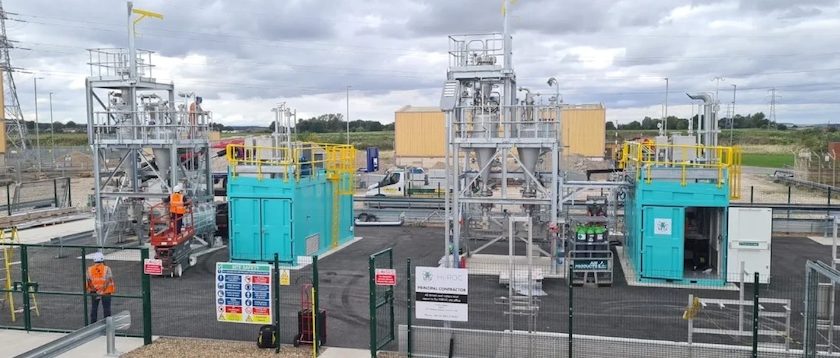Swiss cement maker Holcim Ltd. plans to drive ahead with expansion in Latin America’s two largest markets amid signs demand will recover.
Holcim will look for opportunities to add plants and reenter markets such as Peru, and is prepared to undertake asset swaps with Mexico’s Cemex S.A.B. de C.V., noted Andreas Leu, Holcim’s Latin America head, in an interview in early December. The company is already planning an exchange of European sites with Cemex.
Holcim has built up a $3.8 billion Latin American business after expanding into nine countries, overtaking European peers HeidelbergCement AG and Lafarge SA. While markets in Mexico and Brazil should grow more than 40 percent this decade, demand fell short this year. Holcim on Nov. 5 abandoned a target to increase sales in 2013.
Leu said he’s “cautiously optimistic” that an upturn in the Mexican market may begin as soon as next year. Mexican cement demand is forecast to grow 41 percent to 48 million tpy in the nine years through 2020, according to a Holcim investor presentation from 2012. Brazil demand is predicted to rise by 46 percent to 95 million tons.
In Brazil, preparations for the World Cup haven’t had the impact they could have had, as beyond the stadiums being built, there’s little new infrastructure planned before June. Regardless, Holcim is spending $750 million to increase capacity by 2014, according to Leu.
Additionally, Holcim is considering re-establishing operations in Peru and is analyzing potential capacity increases in Argentina and Colombia through scaling up existing plants or building greenfield sites.
Holcim faces an in-depth antitrust probe into the European asset swap with Cemex, which will acquire Holcim’s Czech operations in exchange for plants in western Germany to improve profitability. The companies will also combine operations in Spain, with Holcim paying Monterrey, Mexico-based Cemex $96 million as part of the transactions.
Regulators said Holcim’s purchase of Cemex’s western Germany plants may substantially reduce competition. The European Commission said Dec. 4 that it will rule on the deal by March 31.
“There’s still a regulatory approval pending but if the experience in Europe turns out to be successful, I wouldn’t exclude doing an interlinked transaction in other places – or in a country like Mexico or the U.S.,” Leu said. In Brazil, “somebody has to be willing to sell for us to acquire, or we have to find the opportunities to build. We are looking at both options.”


